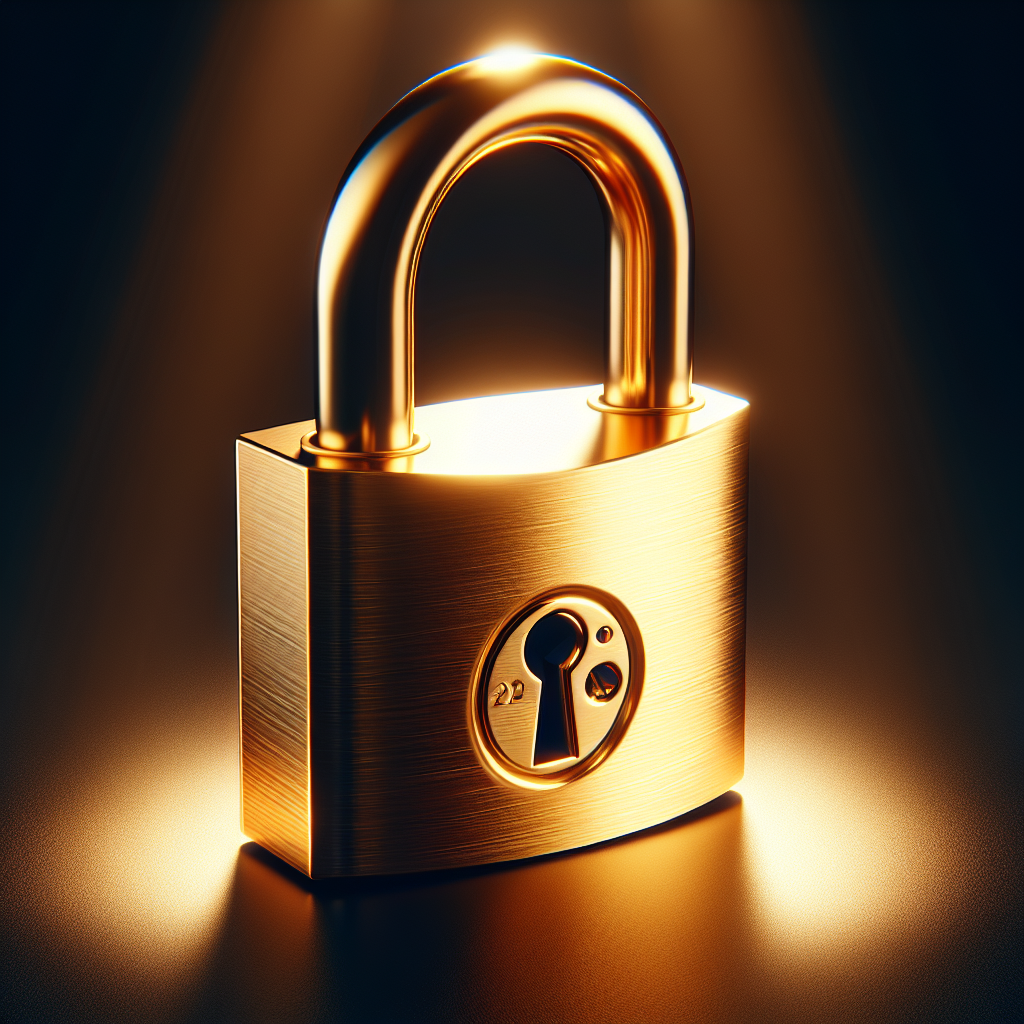Black Boar Security Inc. | Secure It
Did you know that? It's said that the Central Intelligence Agency (CIA) of the United States was involved in a rather dramatic event back in 1982? They allegedly caused a major explosion in a Siberian gas pipeline by planting a software bug. This event is often brought up as one of the earliest known instances of a 'logic bomb' or cyber attack. It's a fascinating story that highlights the importance of cyber security, even in its early days.
So, how do you ensure your business is secure?
Copyright© Schmied Enterprises LLC, 2024.
Link of the day.
The security landscape. Here.
Link of the day.
Start a company with a SaaS product. Here.
Link of the day.
Build a marketplace to pay sellers. Here.
Link of the day.
Need customers for generated and owned content? Here.
Link of the day.
Need customers for generated and owned content? Here.
Link of the day.
Need an estimate for a business software? Here.
You might be surprised to know that you can apply the same principles as those outlined in the "Scale It" article. The key is to develop software that integrates seamlessly with serverless frameworks. Flexibility is crucial here.
Let's take a trip down memory lane to the 1990s, when we were dealing with DOS, a previous generation operating system from Microsoft. It had support for memory resident programs, thanks to an early feature - timer interrupts - of the Intel x86 processors. This feature was often exploited by malware, which used boot code to spread through floppy disks and tapes.
Back then, malware was simpler and it could be identified by keywords found in the code. This led to the birth of the first commercial anti-virus companies, like Norton. Antivirus was essentially a large database that needed constant updates. It was always a guessing game whether it could catch the latest version of the malware.
As time went on, malware started to change their in-memory image, which required analyzing their behavior with heuristics. Today, AI-based scanners are still the most powerful tools we have.
When it comes to cyber security, there are three main goals. First, you need to comply with regulations like CCPA, GDPR, HIPAA, and private contracts to protect your customers. Second, you need to protect your business's value. And lastly, you want peace of mind.
Think of security as a form of martial arts. Defenders tend to fix the issues that show up on the radar. The system becomes something like a bouncy castle with the common surfaces strengthened but others neglected.
It's wise to treat security systems separately. This has been a practice for a long time. The TLS libraries are always chosen by the administrators especially to mitigate the bouncy castle effect. Microservice based services often use dozens of libraries and proprietary socket security. Any malicious library downloaded from stores may open backdoors to attackers.
Solutions like Cloudflare can handle the attack surface. It's a popular choice, despite some issues with too much tampering, but they seem to be an up-to-date solution.
It's also a good idea to use an AI-based monitoring solution. Providers put hooks at common authorization locations. Systems then watch the events and prevent unusual ones.
Two-factor authentication is a future-proof solution for small businesses. It can handle most compliance issues together with geofencing, time fencing, and employee management solutions like Active Directory. The best are the ones that require a remote approval without extensive exchange of pin codes, passwords for the ease of use. This integrates well with AI-based monitoring.
All these tools are useful, but the best practice is to have up-to-date and ready-to-apply backups. Backups are the best tools to deter ransomware, especially against previously unknown zero-day attacks. They are also the most significant defense in depth mechanism, if two-factor authentication, monitoring, or attack surface protection is circumvented.
